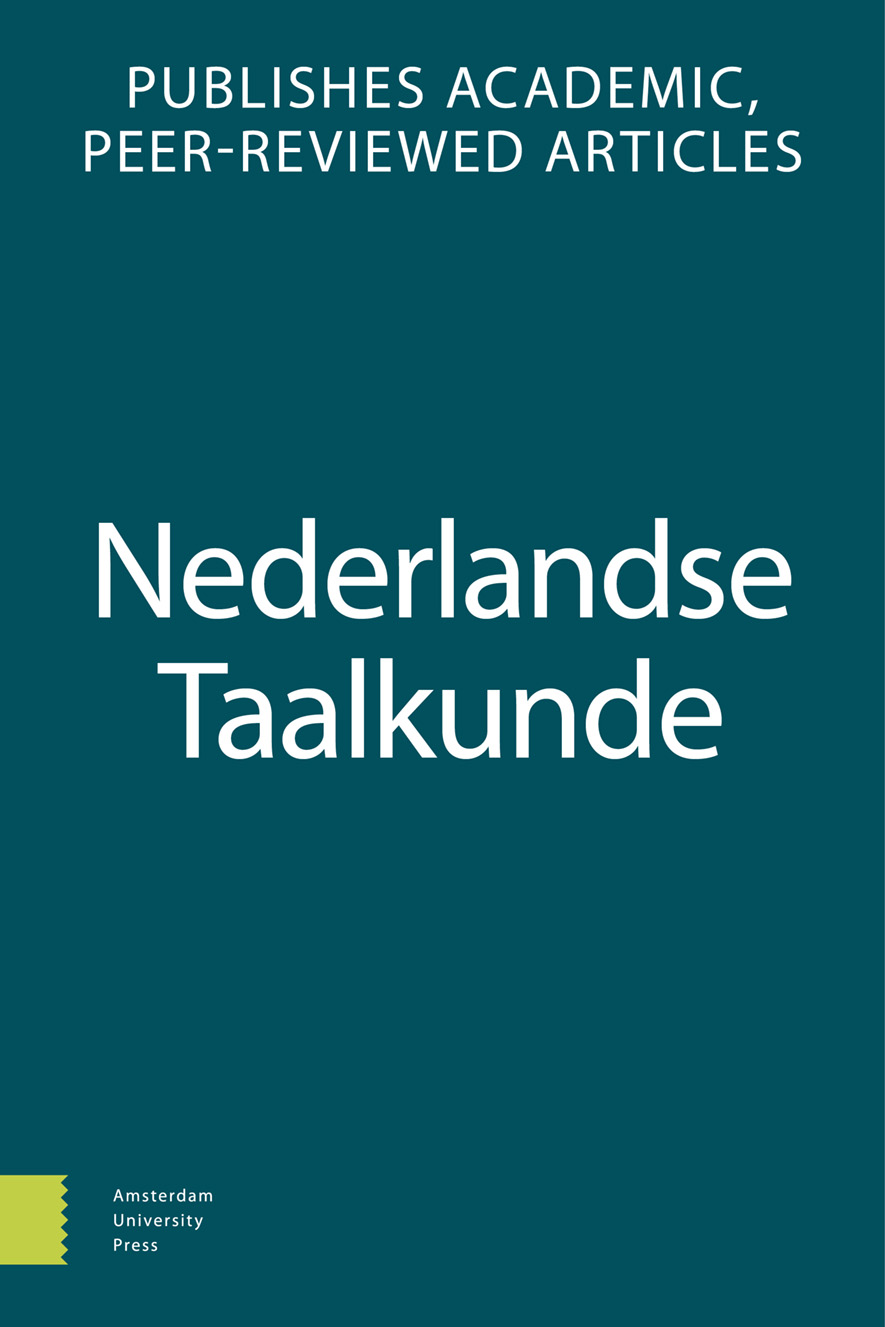-
oa Mapping the spread of Dutch non-standard language use on corporate Facebook pages
A corpus-based analysis of service-oriented interaction
- Amsterdam University Press
- Source: Nederlandse Taalkunde, Volume 26, Issue 3, Dec 2021, p. 363 - 399
Abstract
This paper examines the online spread of non-standard Dutch in an unexplored communicative setting, i.e. complaint management on corporate Facebook pages. Based on a self-compiled corpus of consumer-company interactions taken from 6 corporate Facebook pages, we investigate to what extent typical features of informal social media communication spill over into more sensitive contexts of complaint management. We do so by mapping the presence and frequency of 27 Flemish old vernacular and 13 new vernacular features (cf. Androutsopoulos 2011) in consumer-initiated posts, company replies and consumer-to-consumer interactions. The results show that some, though not all, new vernacular features occur relatively frequently in both consumer and company messages. Consumers predominantly use new vernacular features for expressive compensation, while companies appear to incorporate them in their webcare (especially emoji and English insertions) as functional operationalisations of conversational human voice (Kelleher 2009) and to support their desired brand identity. In contrast, old vernacular features rarely occur in the dataset. This suggests a different status of old and new vernacular features, where the former are deemed less appropriate or more limited in terms of functionality in this communicative setting. Despite the often informal register of the consumer messages, Standard Dutch still seems the preferred or safer option for company-addressed posts while companies, too, cling to Standard Dutch as the benchmark for professional written communication in this online context.


